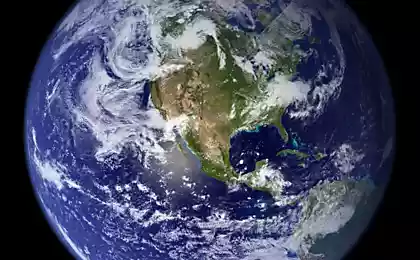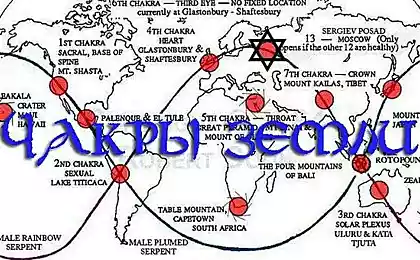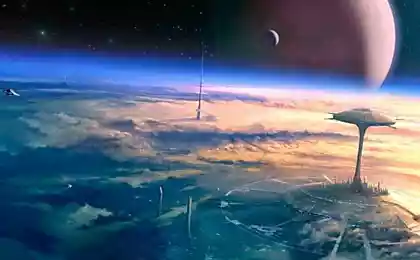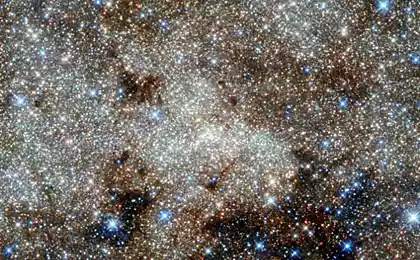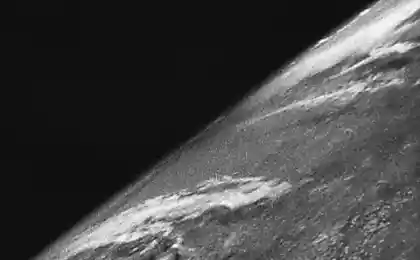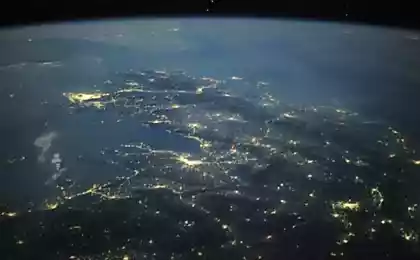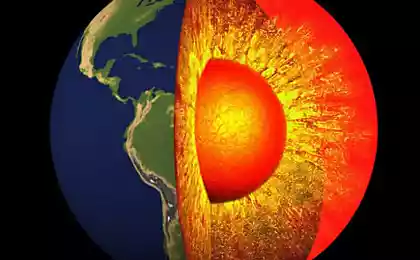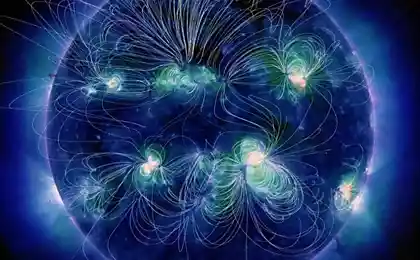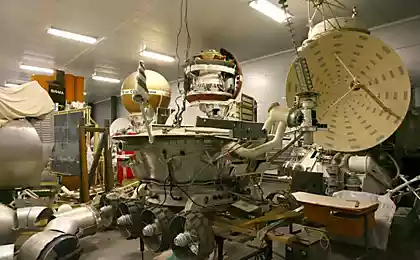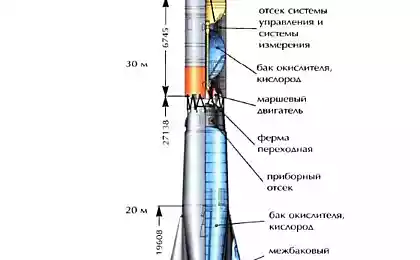1443
Pictures of Earth from space
Thanks to advances in new technology for us is not a problem to see how incredibly looks like the planet Earth at night.
America
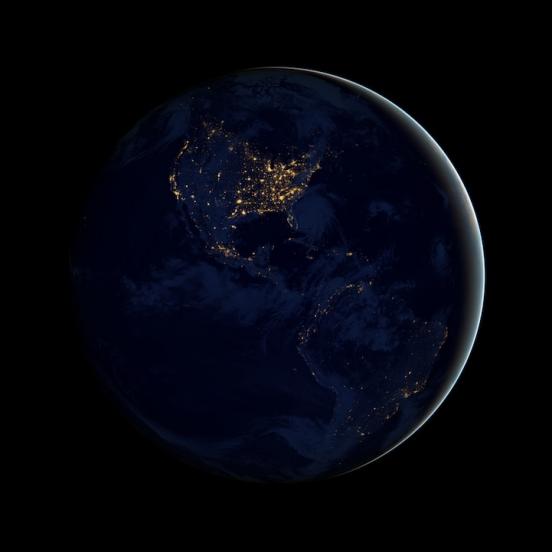
NASA scientists have presented unique photos of our planet. Pictures taken forty years ago called "blue marble", and these new photos at night are called "black marble."
The new sensor VIIRS (Visible Infrared Imaging Radiometer Suite) - visible infrared radiometer for imaging, was installed on the board of the National Polar-orbiting stations Suomi. He is very sensitive and is able to capture the light from a ship at sea. Newer sensors could also record the illumination of the Earth, but not in such high resolution. NASA scientist Christopher Elvidge at the American Geophysical Union in San Francisco reported that assesses the spatial resolution of the sensor is six times higher than that of the other, earlier.
While these photos of this breathtaking, they also serve a higher purpose. Researchers can observe how the growing population, the bioluminescence study auroras, Arctic ice, monitor weather changes.
This is an incredible sight. The lights in the world can be compared with the shining stars.
Asia and Australia
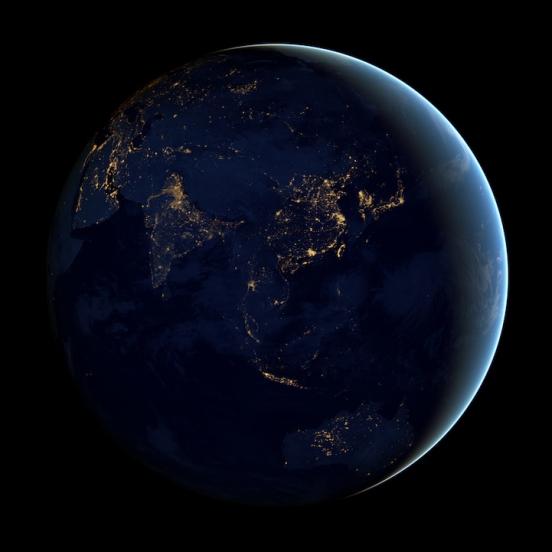
Africa, Europe, Middle East
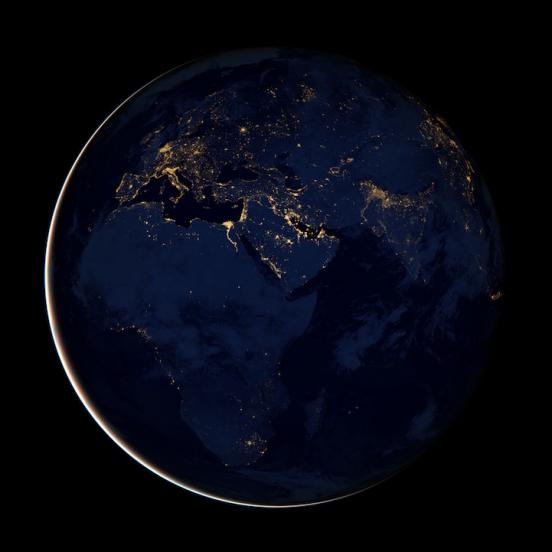
United States
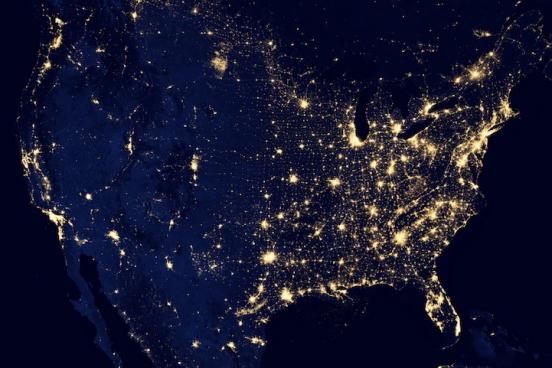
Europe
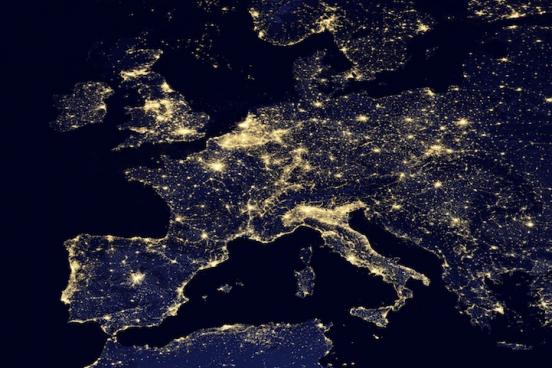
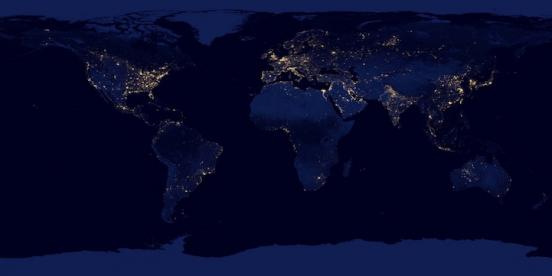
America

NASA scientists have presented unique photos of our planet. Pictures taken forty years ago called "blue marble", and these new photos at night are called "black marble."
The new sensor VIIRS (Visible Infrared Imaging Radiometer Suite) - visible infrared radiometer for imaging, was installed on the board of the National Polar-orbiting stations Suomi. He is very sensitive and is able to capture the light from a ship at sea. Newer sensors could also record the illumination of the Earth, but not in such high resolution. NASA scientist Christopher Elvidge at the American Geophysical Union in San Francisco reported that assesses the spatial resolution of the sensor is six times higher than that of the other, earlier.
While these photos of this breathtaking, they also serve a higher purpose. Researchers can observe how the growing population, the bioluminescence study auroras, Arctic ice, monitor weather changes.
This is an incredible sight. The lights in the world can be compared with the shining stars.
Asia and Australia

Africa, Europe, Middle East

United States

Europe





